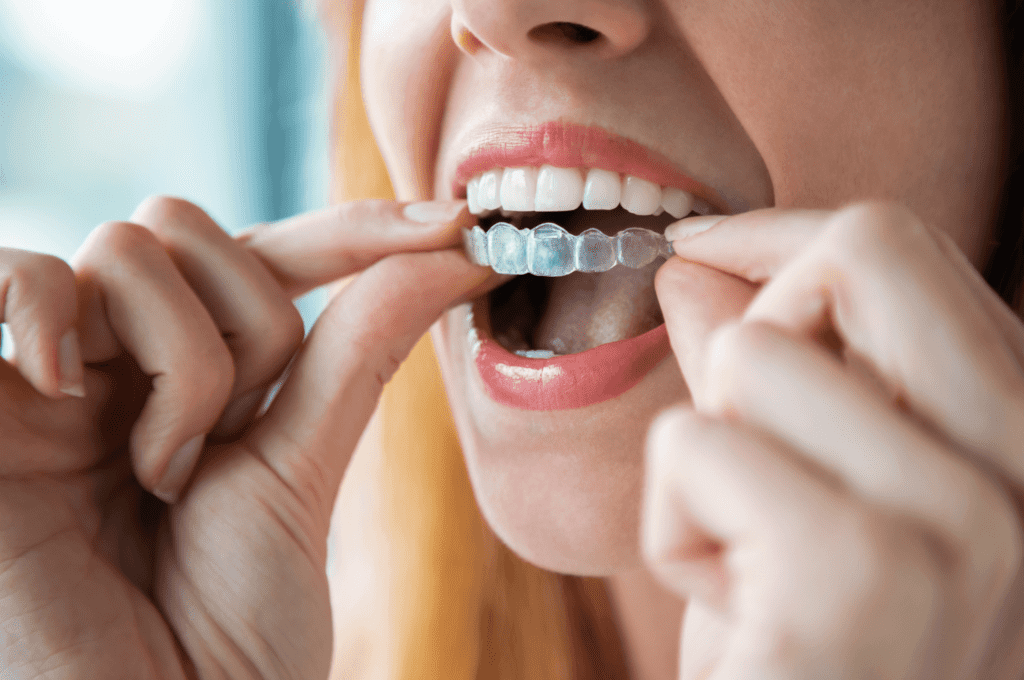Orthodontic technology has come a long way since the early days of metal braces. Innovations in this field have not only improved the effectiveness of treatments but also enhanced the patient experience.
From the development of traditional braces to the advent of AI-driven aligners, the evolution of orthodontic technology is a fascinating journey that highlights the intersection of science, technology, and healthcare.
The Birth of Traditional Braces
Traditional braces, consisting of metal brackets and wires, have been the cornerstone of orthodontic treatment for decades. These devices work by applying continuous pressure to teeth, gradually moving them into their desired positions. While effective, traditional braces come with certain limitations:
Aesthetics: Metal braces are highly visible, which can be a source of self-consciousness for many patients, especially teenagers and adults.
Comfort: Metal brackets and wires can cause discomfort and sometimes lead to sores and irritation inside the mouth.
Maintenance: Braces require regular adjustments and meticulous oral hygiene to prevent issues such as tooth decay and gum disease.
Despite these challenges, traditional braces laid the groundwork for future innovations in orthodontics.
The Introduction of Ceramic Braces and Lingual Braces
In response to the aesthetic concerns associated with metal braces, orthodontists began to explore alternative materials and placement options. This led to the development of ceramic braces and lingual braces.
Ceramic Braces: Made from tooth-colored materials, ceramic braces are less noticeable than metal braces. They offer the same effectiveness in correcting dental issues but with improved aesthetics.
Lingual Braces: These braces are placed on the inside surface of the teeth, making them virtually invisible from the outside. While more challenging to clean and maintain, lingual braces provide an aesthetic solution for those seeking discreet treatment.
The Emergence of Clear Aligners
A significant breakthrough in orthodontic technology came with the introduction of clear aligners. Invisalign, launched in 1997, revolutionized the field by offering a nearly invisible, removable alternative to traditional braces.
Aesthetic Appeal: Clear aligners are made from transparent plastic, making them virtually invisible when worn.
Comfort: Without brackets and wires, clear aligners are more comfortable and less likely to cause irritation.
Convenience: Aligners can be removed for eating, drinking, brushing, and flossing, making them a more convenient option for many patients.
Clear aligners work by using a series of custom-made trays that gradually shift teeth into their desired positions. Each set of aligners is worn for about two weeks before moving on to the next set, allowing for precise control over tooth movement.
Digital Imaging and 3D Printing
The development of digital imaging and 3D printing technologies has further advanced the field of orthodontics. Digital scans of patients’ teeth replace traditional molds, providing more accurate and comfortable impressions. These digital models are then used to create custom aligners and braces.
Precision: Digital imaging allows for highly accurate treatment planning and monitoring.
Customization: 3D printing enables the production of custom-fit aligners and braces, enhancing treatment effectiveness and patient comfort.
Efficiency: These technologies streamline the treatment process, reducing the time required for adjustments and fittings.
AI-Driven Aligners: The Future of Orthodontics
The latest innovation in orthodontic technology is the integration of artificial intelligence (AI) into the treatment process. AI-driven aligners represent a significant leap forward in the personalization and effectiveness of orthodontic care.
Predictive Analytics: AI algorithms analyze vast amounts of data to predict how teeth will move in response to different treatments. This allows for more precise and effective treatment planning.
Real-Time Monitoring: AI-powered apps and devices enable real-time monitoring of patients’ progress, providing orthodontists with valuable insights and allowing for timely adjustments.
Enhanced Customization: AI technology can design highly customized aligners that cater to the unique needs of each patient, improving overall treatment outcomes.
The evolution of orthodontic technology has transformed the field, making treatments more effective, comfortable, and accessible. From the early days of traditional braces to the cutting-edge AI-driven aligners of today, each innovation has contributed to better patient experiences and outcomes.
As technology continues to advance, the future of orthodontics looks promising. AI-driven aligners and other emerging technologies are poised to further revolutionize the field, offering even more precise, efficient, and personalized treatment options.
For patients and orthodontists alike, these advancements represent exciting opportunities to achieve optimal dental health and beautiful smiles.


